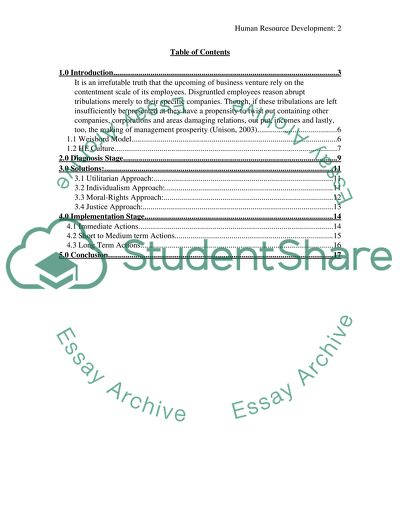Cite this document
(“Human Resource Development Strategies Essay Example | Topics and Well Written Essays - 3500 words”, n.d.)
Retrieved from https://studentshare.org/sociology/1503108-human-resource-development-strategies
Retrieved from https://studentshare.org/sociology/1503108-human-resource-development-strategies
(Human Resource Development Strategies Essay Example | Topics and Well Written Essays - 3500 Words)
https://studentshare.org/sociology/1503108-human-resource-development-strategies.
https://studentshare.org/sociology/1503108-human-resource-development-strategies.
“Human Resource Development Strategies Essay Example | Topics and Well Written Essays - 3500 Words”, n.d. https://studentshare.org/sociology/1503108-human-resource-development-strategies.


